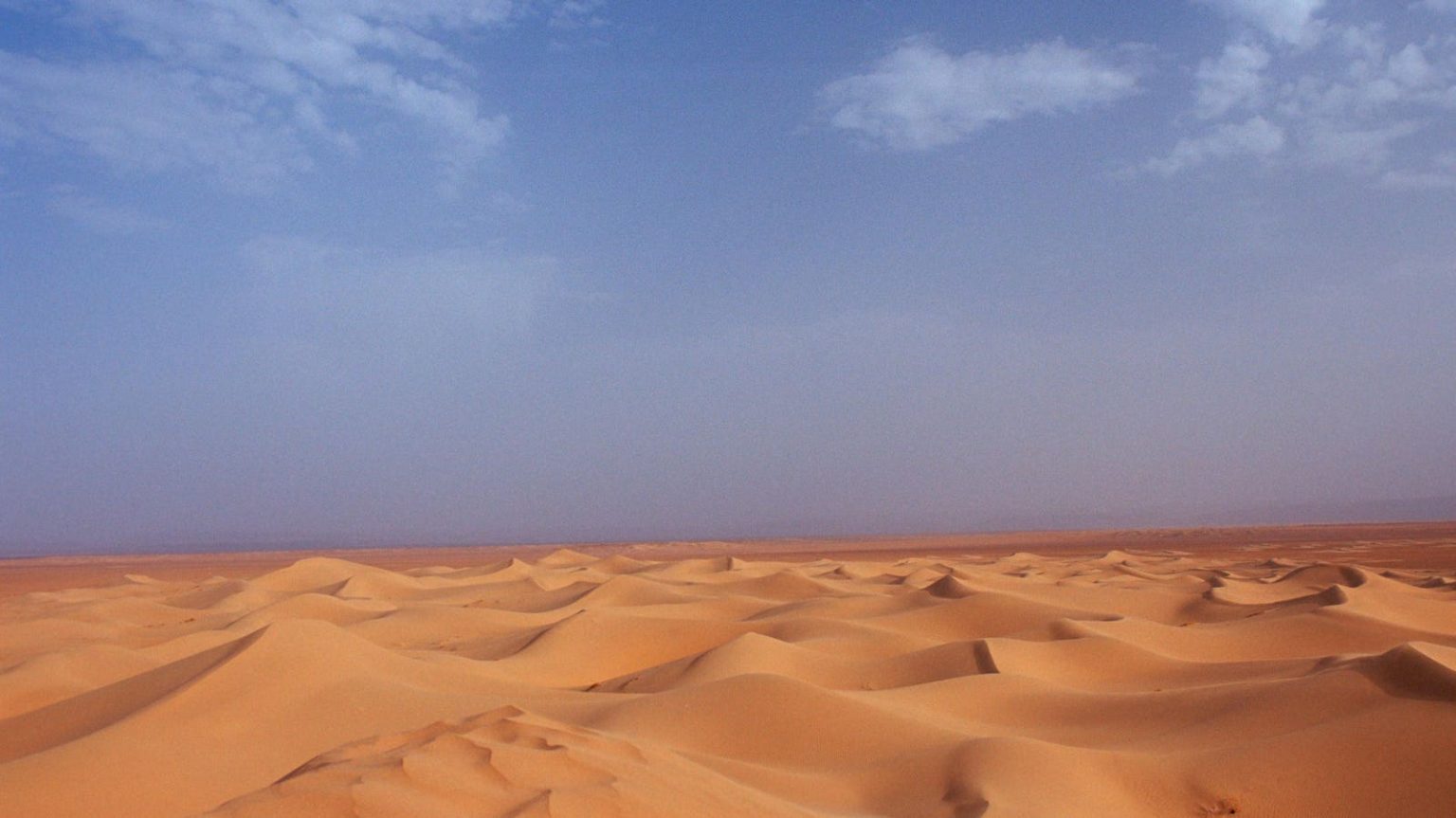They say everything is bigger in Texas, but the stunning June heat records in recent weeks are quite worrisome. In a Tweet this weekend, the National Weather Service office in San Angelo, Texas said, “….San Angelo topped out at 112°, which smashed the previous record of 105° set back in 1994. It’s hard to believe that just a week ago, 112° would’ve been our all-time record high and now it’s just another day of 110° heat to add to the count.” The state is experiencing a third week of record heat and is likely to experience heat comparable to the Sahara Desert, one of the hottest places on Earth. Here’s why.
Many cities in Texas have experienced multiple days in a row of record-breaking triple digit heat, as Weather.com meteorologist Jonathan Erdman articulated above. Del Rio, for example, broke a daily high-temperature record for an eigth straight day on June 25th. Such conditions produce dangerous health conditions, particularly for elderly, vulnerable, outdoor laborer and poorer communities. The National Weather Service have been consistently issuing Heat Advisories and Excessive Heat Warnings. To make matters worse, temperatures and humidities have remained oppresively uncomfortable at night, which amplifies health risks.
What’s causing the sustained and brutal heat? The answer is a “heat dome.” As bad as the heat has been in Texas, the center of the heat dome has been mainly parked over Mexico. The map below shows the temperature anomalies assoicated with the heat dome at the beginning of the current week. Some of the anomalies (departures from a climatological average) exceed twenty degrees in Texas.
A heat dome is a high pressure system that lingers for days to weeks “trapping” heat. With such weather patterns, sustained heatwaves are possible and that is exactly what we have been seeing over the past few weeks. The illustration below presents a conceptualization of a “heat dome.” Air tends to sink and warm due to something called adiabatic compression within high pressure systems. That process further amplifies the magnitude of heat.
Typically, low pressure systems garner the most attention in weather circles because they are associated with clouds, rain, storms, or tropical weather. As a meteorology professor, I rarely have students wanting to study or chase high pressure systems. High pressure systems or anticyclones are often ignored because they tend to be associated with clear, “boring” conditions. However, they become very problematic when they are strong and sustained.
Weather expert Ben Noll pointed out over the weekend that Texas was poised to be one of the hottest places on Earth by mid-week. The best analogues to the heat in Texas, according to Noll, were the Persian Gulf region and the Sahara Desert (see the map below). By the way, the temperature forecast on Wednesday in Mechouar-Kasba (Mun.), Marrakesh-Safi, Morocco is 107 degrees F, according to Weather.com. That is quite comparable to temperatures in some parts of Texas as I write this article.
What does the National Weather Service say about the progression of the heatwave in the coming week. According to the Weather Prediction Center (WPC) discussion, “The stagnant upper-level ridge over the south-central U.S. and resultant multi-week heatwave will not only continue but begin to expand in reach over the next couple of days as the ridge builds northeastward.” This means that potentially record-breaking temperatures can be expected in places like Texas and the Lower Mississippi Valley. NOAA’s WPC goes on to warn, “Daily record-tying/breaking warm lows are also possible, with the abnormally warm temperatures overnight providing little to no relief from the heat, compounding the impacts of the heat wave.”
The heat impacts also take on different character across the region. WPC meteorologists explain, “The main driver of heat-related impacts differs across the region, with higher air temperatures in the deserts and High Plains/western Plains, and lower air temperatures but higher humidity and resultant heat indices to the east, both contributing to a significant risk of heat-related illnesses.”
Remember, extreme temperatures are the deadliest weather in the U.S. annually not tornadoes or hurricanes.
To make things worse, the boundary of the heat dome has be helped trigger tornadic storms just to the east of the ridge of high pressure. Tampa-based meteorologist Jeff Berardelli referred to this phenomenon as the “ring of fire” in a Tweet last week. He went on to explain in a Tweet thread that, “….The edge of the ring of fire marks the contrast between extreme heat and warm, and that zone tends to have stronger winds aloft which aid supercell intensity and forward speed.”
Read the full article here





